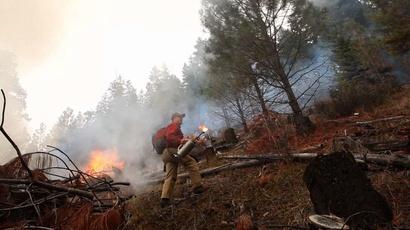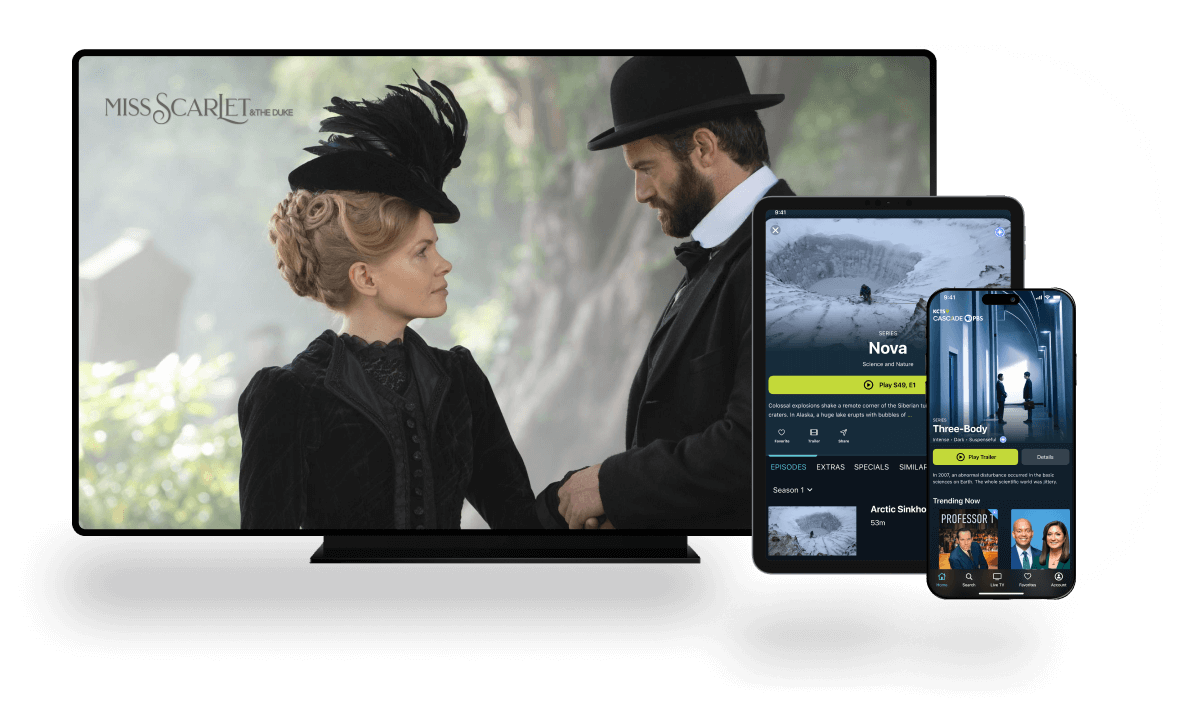Watch Clip

Who Invented the Laser?
56s
Meet Charles Townes, who invented the “maser”, predecessor to the laser.





























